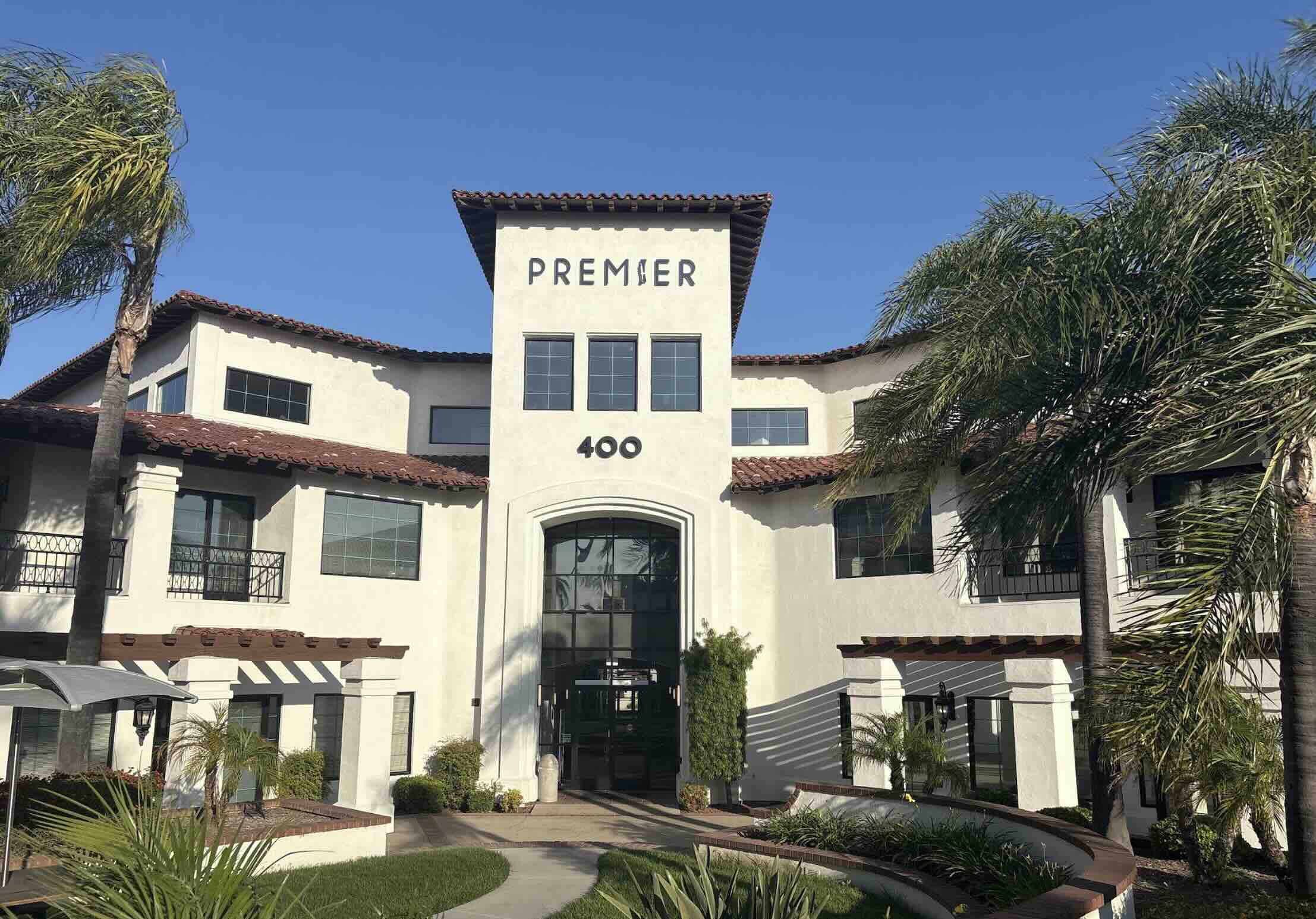Anterior Cruciate Ligament (ACL) Surgery
Depending on the degree of the tear, a torn ACL has a very limited healing capacity. In general, a torn ACL is difficult to repair. Though there are special circumstances that can warrant an attempt to repair the ACL, there is a higher rate of failure than traditional reconstruction. The ACL be reconstructed using different tissue from either your own body (autograft) or donor (allograft) tissue.
The Decision to Have Surgery
In general, without a functional ACL, patients should not participate in cutting sports where side-to-side movements are done with the knee. These sports include, but are not limited to, soccer, tennis, baseball, basketball, and football. Though the body tries to adapt to ACL deficiency, it is not able to overcome it. (Takeda et al. 2014)* If you are able to safely undergo physical rehabilitation and you do not wish to return to cutting-sports, then you don’t need to have your ACL reconstructed. However, even if you don’t wish to return to cutting sports, and your knee remains unstable, then surgery would be necessary. (Dawson, Hutchison, and Sutherland 2014)*
Some other factors that would require surgery to get better include a torn meniscus, a multiple ligament knee injury, and failure of nonoperative management.
How ACL Surgery Works
Prior to ACL reconstruction, patients will likely undergo a course of physical therapy to improve range of motion, reduce swelling and restore range of motion in the knee. Without this physical therapy, the likelihood of complete restoration of normal range of motion is less likely.
An ACL reconstruction is performed in a minimally invasive or arthroscopic manner meaning that a tiny camera and miniature medical devices are inserted into small incisions in the knee versus a traditional large single incision. The procedure is performed an outpatient basis, so you will be able to return home on the day of surgery. ACL reconstruction is usually performed with regional anesthetic.
During the procedure, the torn ligament issue will be removed and replaced with new tendon to create a scaffold upon which the ligament will regrow. This tendon tissue can be harvested from your own body or from donor tissue. Autograft tissue is usually harvested from the patellar or hamstring tendons, or less commonly from the quadriceps.
Should I Use My Own Tissue to Reconstruct My ACL?
This is an area of heavy research. There are very specific patient and surgeon factors that ultimately will result in the greatest success for athletes. In some circumstances, autografts (using your own tissue) have shown to have the highest chance for success without re-tearing the graft in patients under age 35. Although in certain circumstances, an allograft (donor tissue) may be a better choice due to patient factors such as age, bone, and tissue quality. Ultimately, you have to discuss with your surgeon the risks, benefits, and alternatives to graft selection.
What is Anatomic ACL Reconstruction?
The ACL attaches to the tibia in line with the posterior aspect of the anterior horn of the lateral meniscus. This is an important landmark for surgeons during ACL reconstruction to try to match the native anatomy of the patient. (Hatayama et al. 2013)* The latest evidence suggests that the best outcomes for success are anatomic ACL reconstruction where the patient’s anatomy is restored. (Fu et al. 2014)* (Porter and Shadbolt 2014)*
Recovery from ACL Surgery
With modern arthroscopic/minimally invasive techniques, ACL reconstruction surgery can be performed both in a minimally invasive and outpatient manner meaninging that patient will return home on day of surgery with crutches and a knee brace. Comprehensive postoperative instructions will be provided and should be followed closely to ensure a swift and complete recovery. Early in the recovery process, patients will need to rest, ice, elevate and compress. Anti-inflammatory medication and narcotic pain medication may be necessary in the few days after surgery to mitigate discomfort.
A comprehensive course of physical therapy will begin immediately after surgery. This will improve range of motion and stability in the knee. The course of physical therapy will be determined by your orthopedic surgeon and will be based on your recovery progress as well as any co-occurring knee injuries.
Longer-term, recovery time will vary as each individual will generate new ligament tissue at a different rate. For most, returning to normal daily activity requires 6 to 9 months. Returning to full activity, including sports, can require up to 12 months.
To learn more about ACL reconstruction surgery and to schedule station, please contact us


